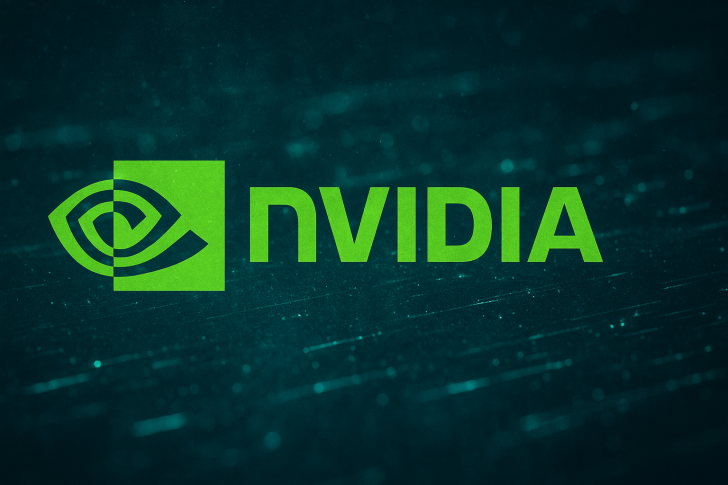● Starcloud has started launching H100-powered satellites capable of running AI workloads in space. This represents a significant leap forward—taking NVIDIA's computing capabilities from data centers on Earth into orbit.
● The partnership makes Starcloud one of the first to build an orbital computing network using NVIDIA's H100 Tensor Core GPUs, enabling real-time data processing in space. As Shay Boloor put it, "Starcloud is using H100s on satellites to run workloads in orbit, which means the AI stack is starting to live beyond Earth."
● Developed with Rocket Lab ($RKLB), the project aims to create scalable satellite-based infrastructure. But there are real challenges—radiation damage, cooling issues, and maintenance costs could limit how long these systems last and whether they make economic sense.
● If it works, NVIDIA's move into orbit could transform AI infrastructure, opening doors for commercial and defense applications of edge computing in space. The Starcloud-NVIDIA-Rocket Lab team is showing how certain workloads can shift from ground data centers to space, potentially cutting latency for global communications and remote sensing. Sticking with Earth-based centers alone could mean higher energy costs and network bottlenecks. This orbital expansion offers NVIDIA both new revenue streams and strategic diversity as competition in AI hardware heats up.
● With Starcloud's satellites now operational and backed by Rocket Lab's launch capabilities, NVIDIA has pushed its ecosystem into space—not just a hardware milestone, but the start of a new chapter for AI computing and global data infrastructure.
 Usman Salis
Usman Salis

 Usman Salis
Usman Salis


